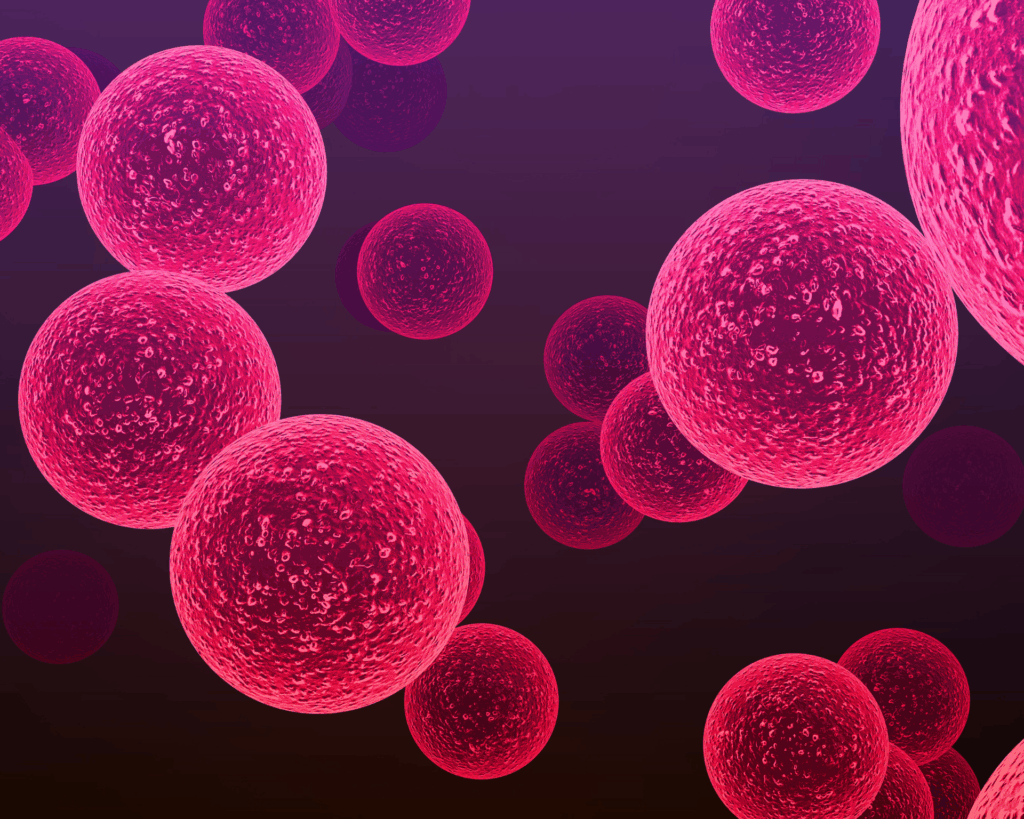Beyond the Hollywood Heart Attack
Many people misunderstand the symptoms of heart attacks due to misleading media portrayals, which can delay critical treatment and care.

Read Time: 3 minutes
Published:
Imagine someone having a heart attack. Maybe you’re picturing a man, clutching the left side of his chest, gasping for air, and maybe collapsing to the ground. This version of a heart attack, as it is often depicted in movies and on TV, is familiar, dramatic, and oversimplified.
In reality, the pain may feel like pressure, tightness, or heaviness, rather than a sharp stab. It can be mild, build gradually, and appear alongside symptoms such as fatigue or nausea. Pain usually occurs in the middle or right side of the chest, not the left. Heart attacks also present differently in women and can include pain in the upper abdomen, dizziness, indigestion, and extreme fatigue.
Because of how the media depicts heart attacks, the public likely expects the Hollywood version, and may not recognize the real thing if it happens to them. About 805,000 people in the U.S. have heart attacks each year. That’s one person every 40 seconds. Many of these people will delay seeking care by as much as 2 hours if their symptoms don’t match what they imagine. Delay can be deadly, as heart attacks cause irreversible damage to the heart within minutes.
To better understand how the public imagines heart attack symptoms, and whether those mental pictures align with medical reality, Blakeman and colleagues asked 597 adults to rate whether different chest sensations sounded like a heart attack. Participants read 13 scenarios, ranging from specific descriptions (“an elephant sitting on the chest”) to more general descriptions (“chest discomfort”) and descriptions that do not describe heart attacks (“indigestion”).
The results revealed a gap between conception and reality. Most study participants correctly recognized the chest sensations that many heart attack patients report, vivid descriptors like “pressure” (78.9%), “squeezing” (75.5%), or “feeling a heavy weight on the chest” (72.5%). But nearly 20% of participants missed all descriptors, and fewer than 50% could identify less specific descriptors, such as “chest discomfort.”

As shown in the graph, participants also expected chest pain to be intense. But this too differs from reality, 25% of heart attack patients report mild to moderate pain. They also overlooked the subtler ways heart attacks present. For example, the pain can also occur in the jaw or back, but participants rarely identified those locations.
The American Heart Association, American College of Cardiology, and National Institutes of Health already spread awareness of the many expected and unexpected symptoms of heart attacks. But more is needed in both clinical settings and beyond, including social media, television commercials, bus advertisements, and billboards to meet people where they are and help them connect their real-world experiences to the need for urgent medical attention. By reshaping our mental image of a heart attack, we can give patients a better chance of surviving one.



